Animals come in lots of different shapes and sizes, but there’s one universal rule in the animal kingdom that everybody knows; you’re either the hunter or the prey.
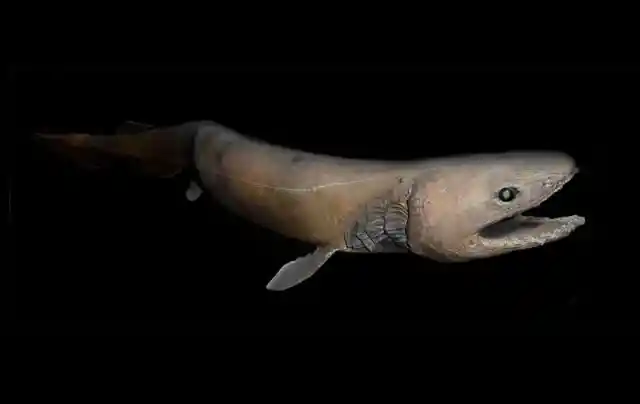
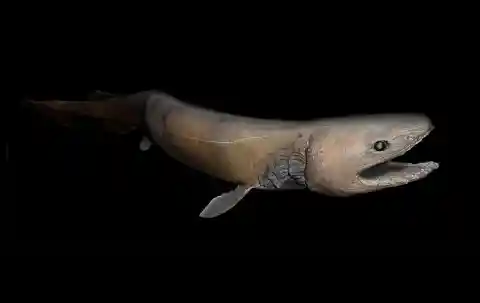
But what makes these animals the most dangerous on the planet? Is it their claws, their fangs or poisonous venom that could paralyze you in seconds? Check out these ferocious beasts to find out.
Komodo Dragon
Whatever you do, don’t mess with the Komodo Dragon. It’s the largest living lizard and has the potential of growing up to ten feet long. And they don’t care what species you are.
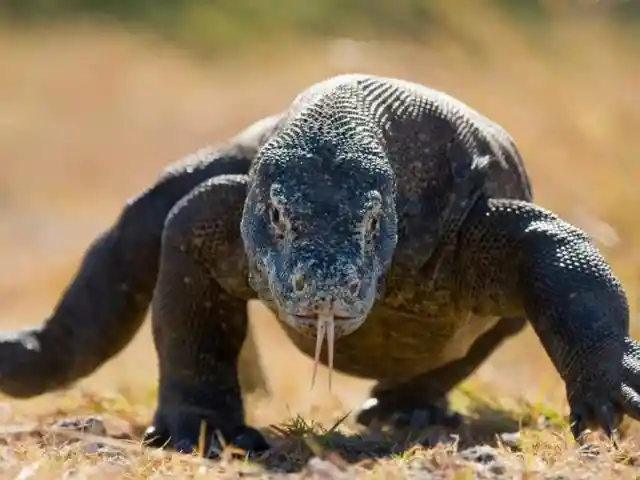
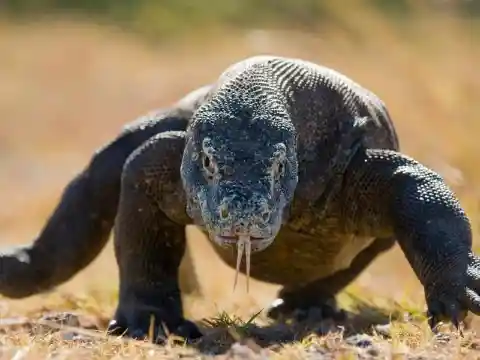
They’ll attack animals in the air, land and sea with their sharp jaws, talons and swift movements.
Asian Giant Hornet
The Asian giant hornet, also known as the giant sparrow bee, is the largest species of hornet in the world. Some queens have even been known to reach more than 5 centimeters in length. They’re found in Eastern Asia and are extremely aggressive and fearless.
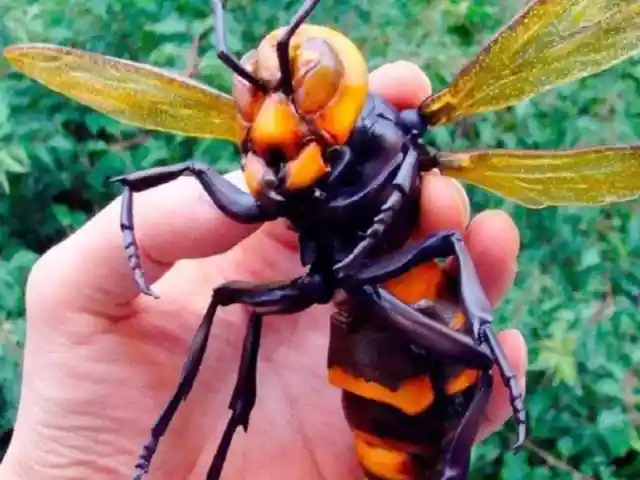
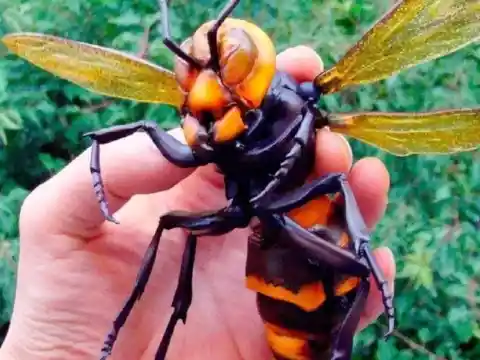
They are able to kill large insects like the praying mantis and other wasps or hornets and can even devastate the bee population.
Hooded Seal
Male hooded seals are commonly found in the North Atlantic Ocean and have an inflatable hood on top of their head that grows when they turn 4 years old. They are successful divers and can swim as deep as 1,000 meters.
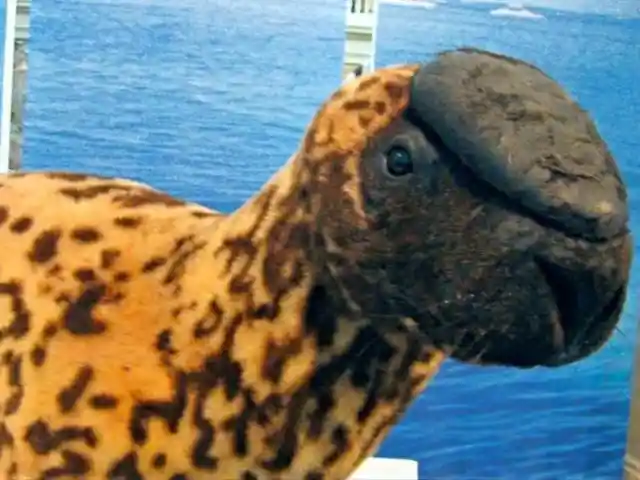
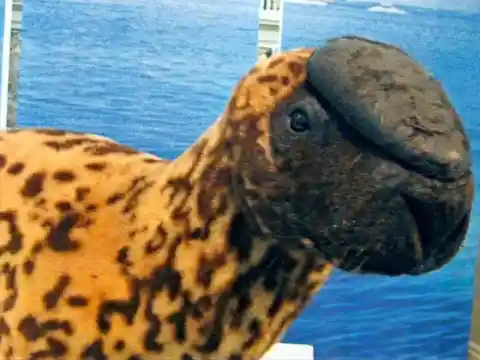
They stick mostly to marine prey like flounder, polar cod and squid. But they are very aggressive, especially the females of the species when they are protecting their young.
Portuguese Man O’ War
The Portuguese man o’ war has four separate polyps, one of which is a gas-filled bladder that sits above the sand or water. And their long, thin tentacles can extend 165 feet and contain nematocysts full of venom that will paralyze or kill fish and other animals.
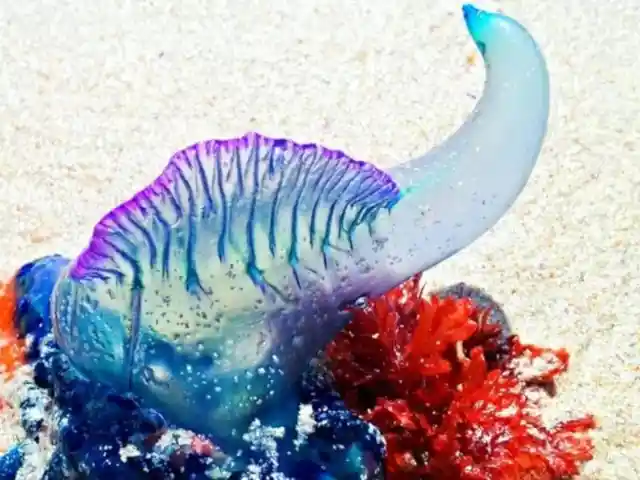
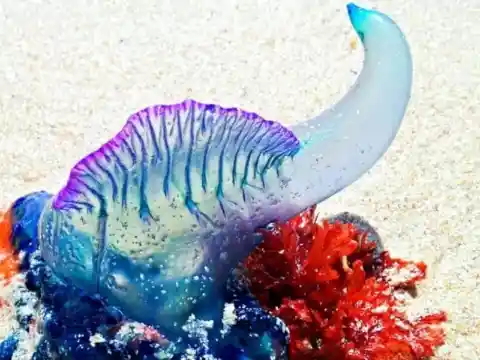
In people, the sting will produce horrible pain but will rarely kill a human.
Frilled Shark
The frilled shark is a prehistoric-like shark that’s long, cylindrical and can reach a length of about 7 feet. They spend a lot of time in the deep, dark waters, swim like serpents and have rows of long teeth that they use to snag other fish and squid.
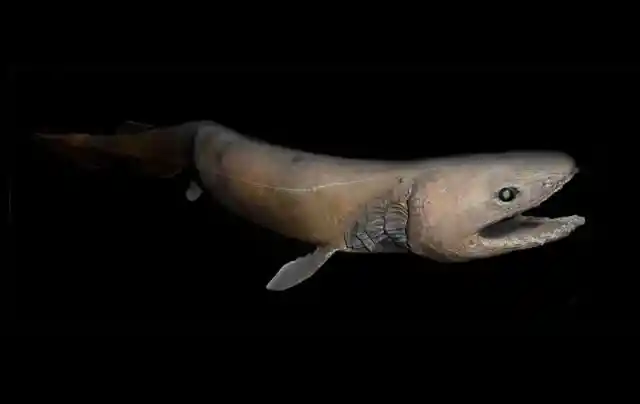
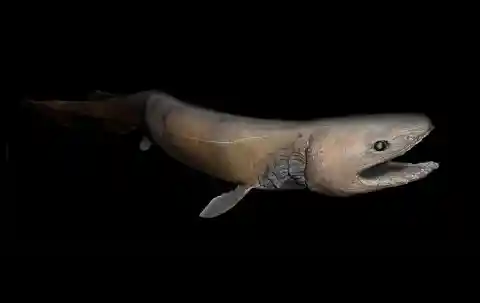
In many cases, it will lunge and swallow a prey whole.
Scorpion
The venom contained within a scorpion’s stinger is deadly to their prey but only a few members of their species have poison strong enough to be deadly to humans.
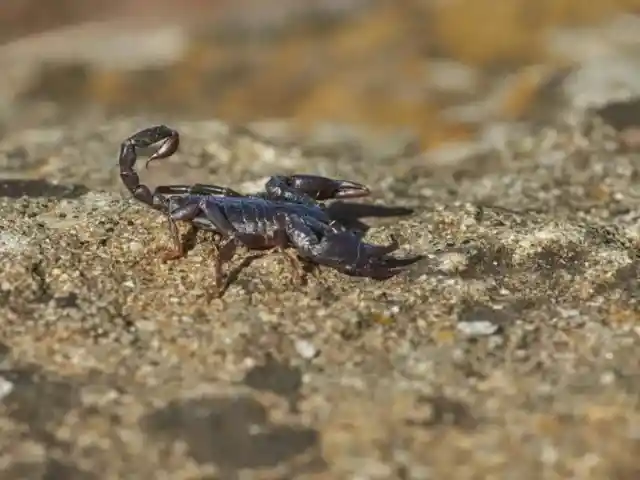
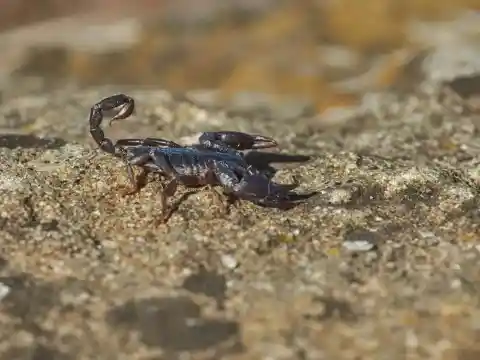
Scorpions would rather attack their prey directly and use their venom to paralyze them if they can’t kill them with their pincers. But they’re so tiny and insidious that you might want to watch your step.
Owl
Owls are considered wise creatures, but they’re also hunters who use anything at their disposal to get their prey.
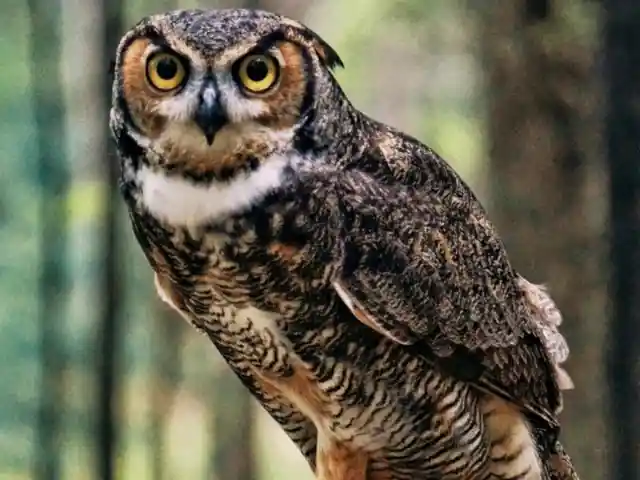
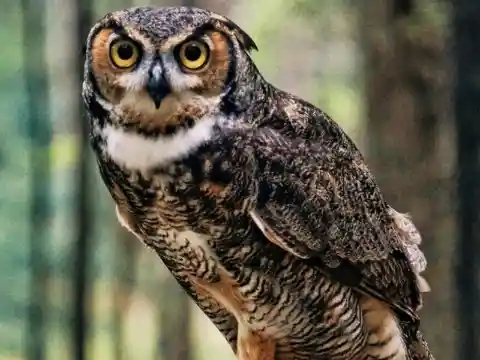
And although they’re farsighted, their nighttime vision allows them to easily capture small insects, mice, birds and fish as they fly silently and use their talons to crush their victims.
Cougar
Cougars are solo hunters who love to strike at their prey when they least expect it. Their favorite meal of choice are deer, but attacking a human isn’t out of the question.
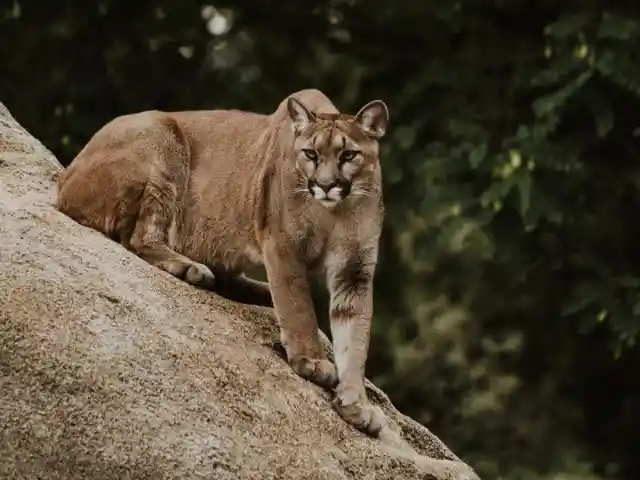
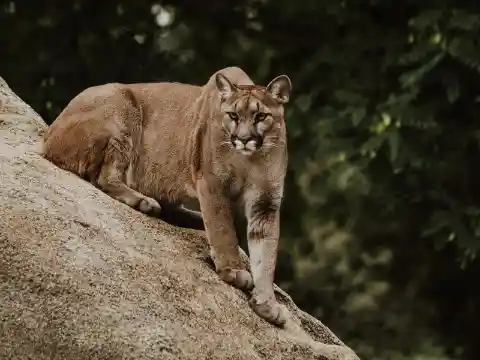
And don’t even think about playing dead in the hopes that they’ll go away because they’ll seize advantage of the opportunity and eat you for lunch.
Hyena
Although a hyena’s behavior may vary by species, the spotted hyena for example are known for being vicious predators who hunt in packs to catch their prey.
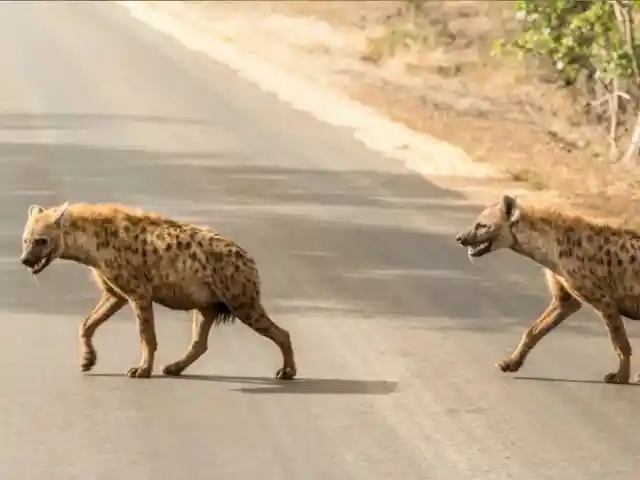
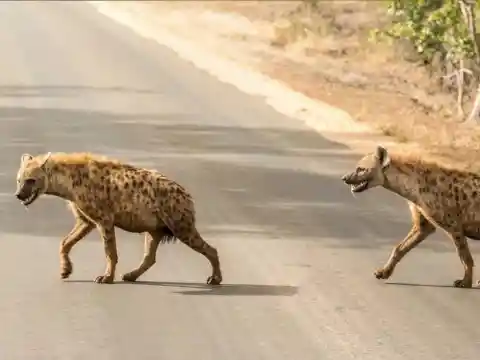
But both spotted and straight hyenas have attacked humans and are known to target the young, sick and injured.
Barracuda
The barracuda are underwater killers who move swiftly and strike with deadly force. They’ve even been known to severe their prey in half with their jaws and sharp teeth.
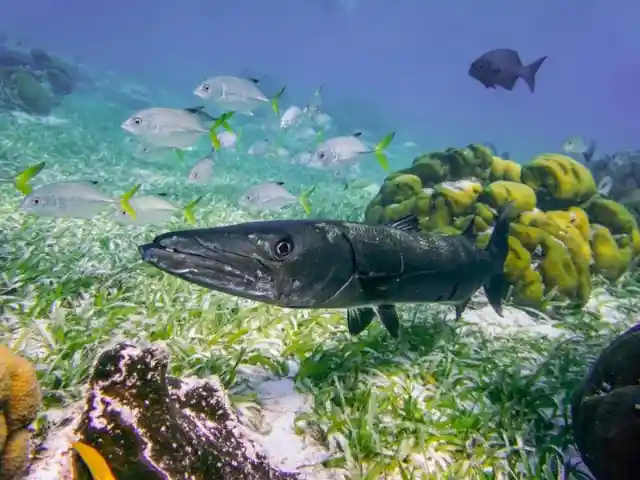
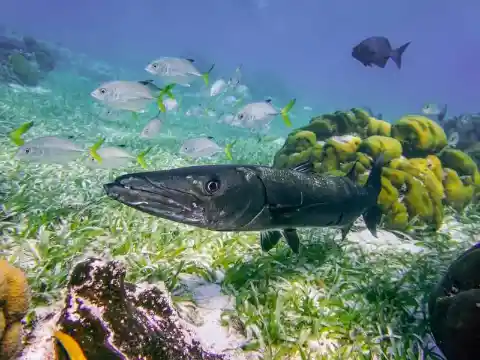
But while they tend to target schools of fish, it’s rare that they’ll attack humans.
Bobcat
A bobcat’s eating and hunting schedule varies depending on how its prey is roaming in its vicinity. The bobcat doesn’t require regular amounts of meat to thrive and would rather pick on small animals like rabbits.
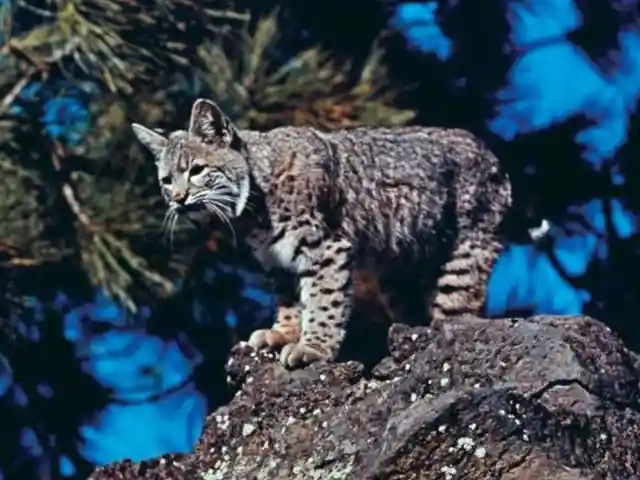
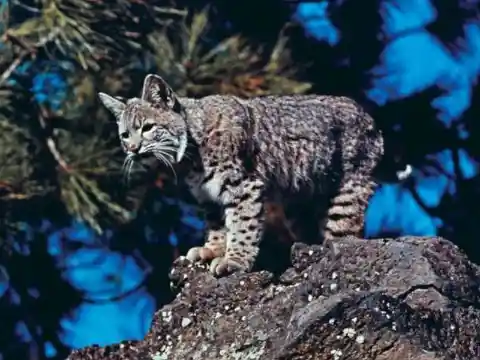
But if it’s really hungry, it will go after a larger animal like a deer. They prefer to use a stalk and kill method for larger animals and a wait and pounce approach for smaller prey.
Brown Recluse Spider
The brown recluse spider’s venom can lead to the development of painful and unsightly ulcers as well as sickness if left untreated. The venom necrotizes the tissue as it eats its way through the skin.
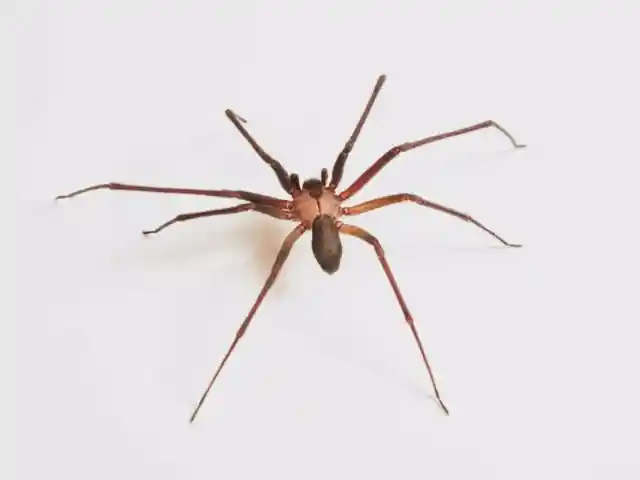
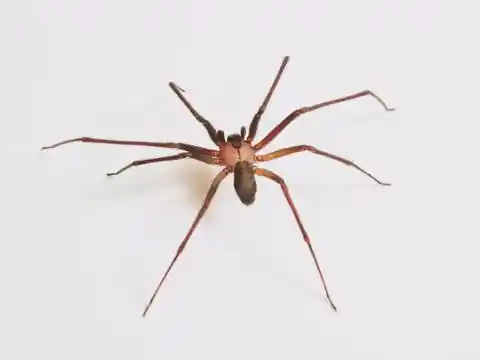
Fortunately, these spiders tend to leave humans alone unless they’re being provoked.
Black Mamba Snake
The black mamba snake is a hunter that moves fast and strikes even faster. Its venom is quite deadly and can be lethal if not treated right away. But they tend to steer clear of humans unless they are provoked or a human accidentally stumbles into their turf.
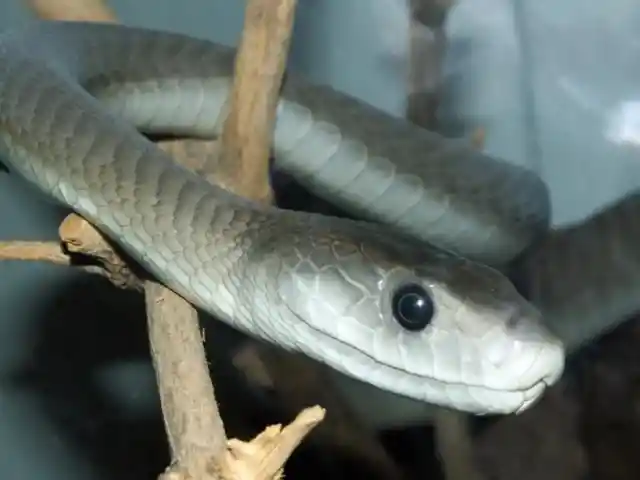
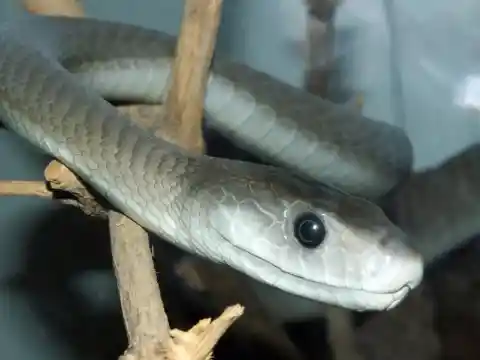
The only creature known to be a formidable enemy to the black mamba is the eagle.
Wolverine
Wolverines don’t like to stress about looking for prey. In fact, they won’t hunt unless they have to. They often eat the scraps left behind by other predators. But they stand their ground against animals like wolves.
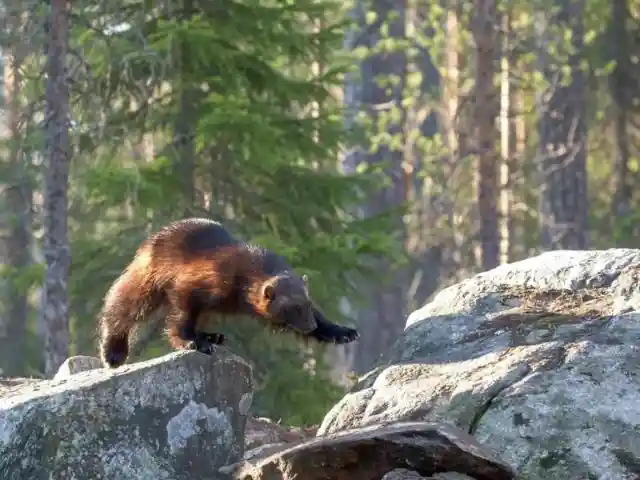
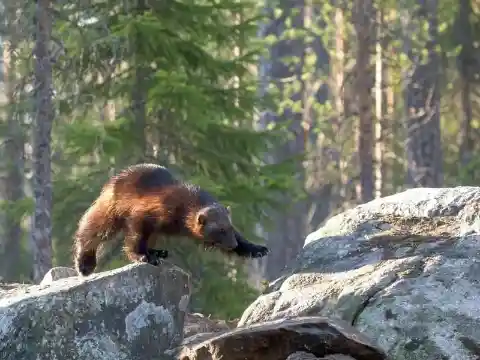
Their thick coats also protect them from the cold and attacks. And they’re more than capable of taking out larger animals like moose or deer who have been compromised by the snowy climate.
Anaconda
The anaconda is often found in South America and is considered a top-level predator because of its size and strength. Of the various types of anaconda, the green anaconda is the heaviest and second longest on the planet.
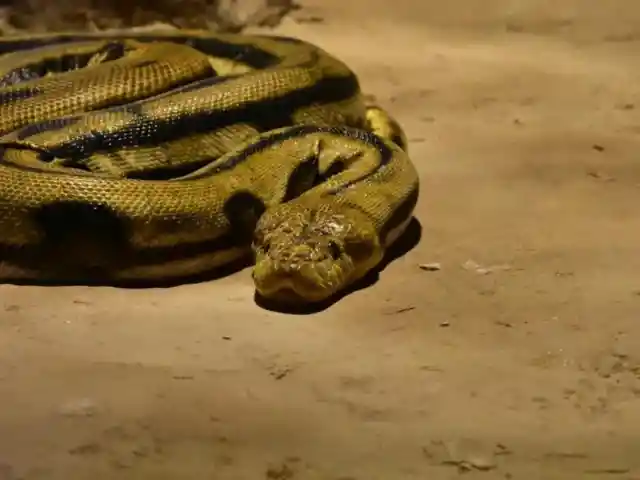
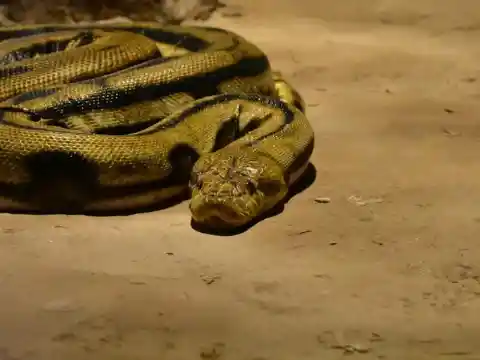
Anacondas like to wrap themselves around their prey, crushing their bones and suffocating them. They’ll even eat their own kind.
Eagle
The eagle is like the king or queen of the skies. It’s strong, agile and can make meat out of almost any animal it targets thanks to its keen eyesight, speed and sharp talons.
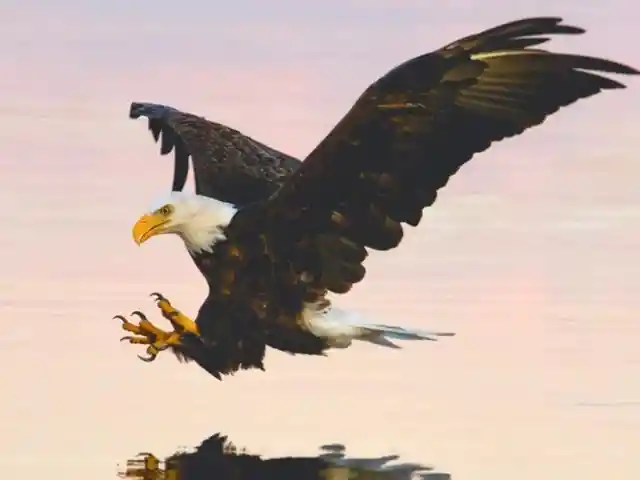
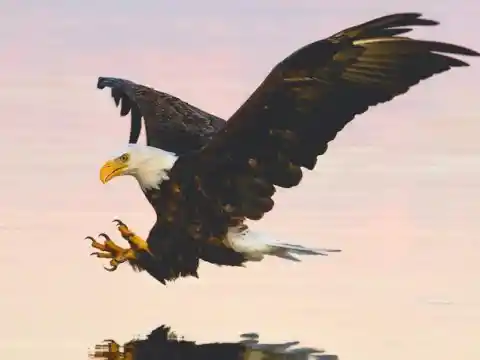
This is one creature you have to keep an eye out for.
Crocodile
Although crocodiles are cold blooded, they love the heat of the tropics, which is why they prefer to hang in or around rivers, lakes, swamps and streams.
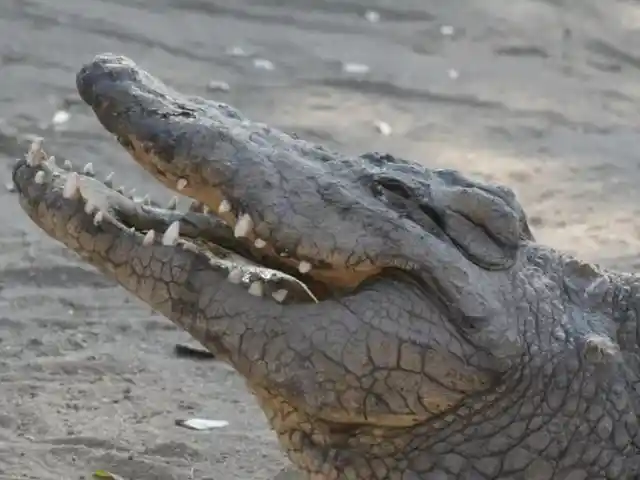
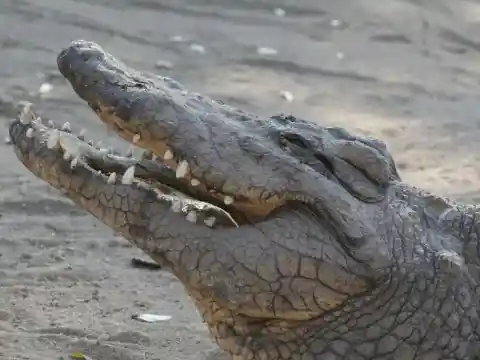
Their diet consists of fish and other crustaceans and they have a v-shaped snout, powerful jaws and are capable of killing just about any animal or human.
Cheetah
Trying to outrun a cheetah is pointless. Although it’s not as large or as strong as its other big cat cousins, it does have impressive speed.
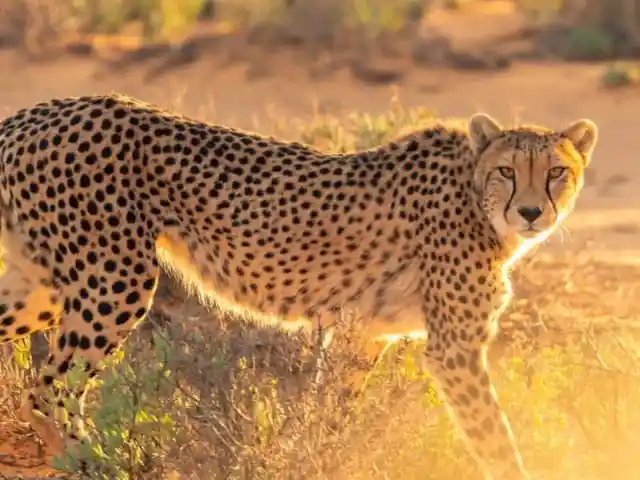
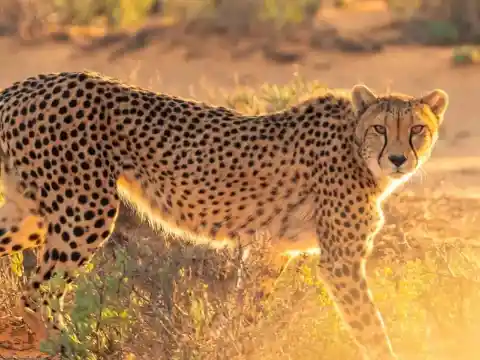
Using its lean muscular physique and powerful legs, it can easily overtake prey like antelopes.
Great White Shark
The Great White Shark is a total badass and has no natural predators other than the killer whale.
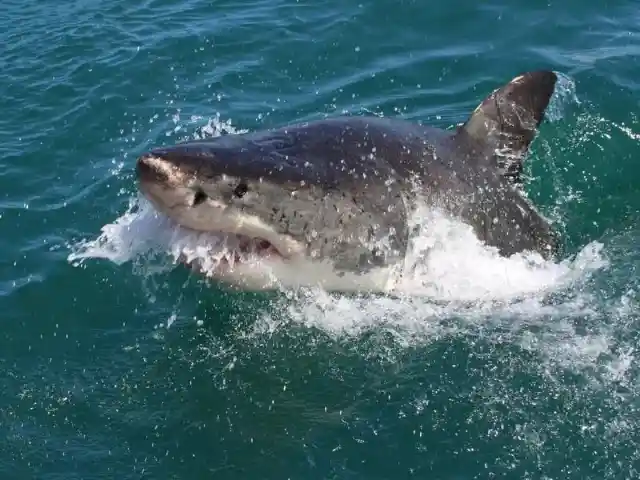
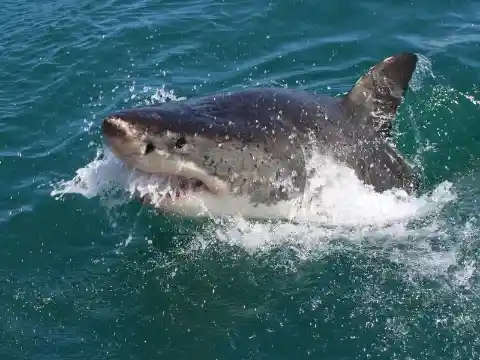
And despite its poor eyesight, they are still fast, strong, and relentless and continue to haunt the dreams of surfers and fans of the “Jaws” film franchise.
Lion
The lion is considered the king of the jungle and a supreme predator. And while tigers are often bigger than them, the lion’s sharp teeth and claws make them quite dangerous.
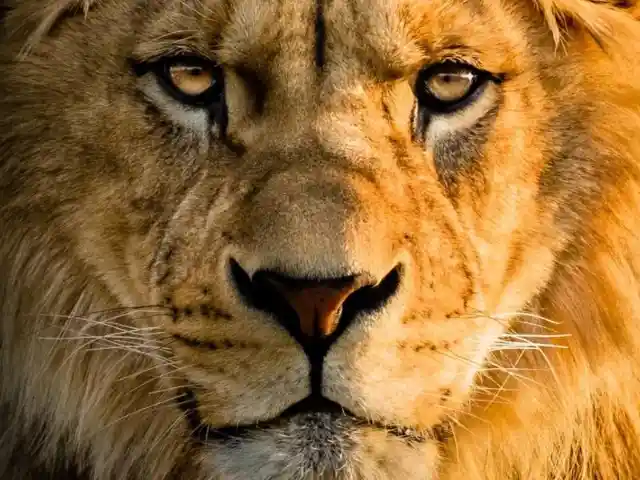
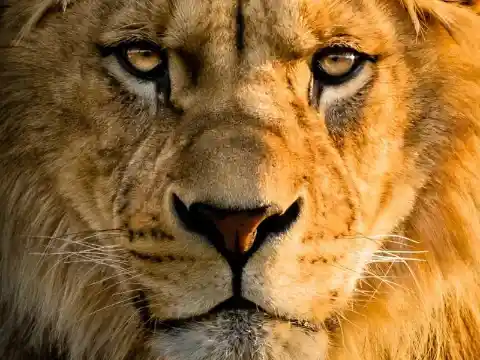
They even have a four-foot height advantage courtesy of their hind legs that allow them to spring towards their prey.
Grizzly Bear
Grizzly bears may look all cute when they’re not running towards you or another potential target. But these creatures have a number of advantages when attacking such as sharp claws, strong teeth, and their massive size.
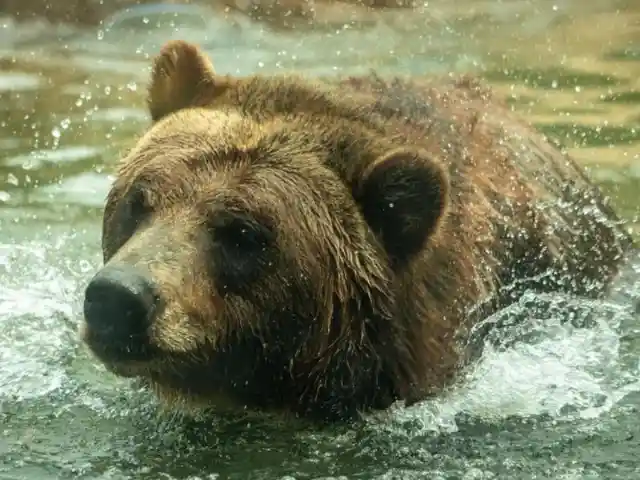
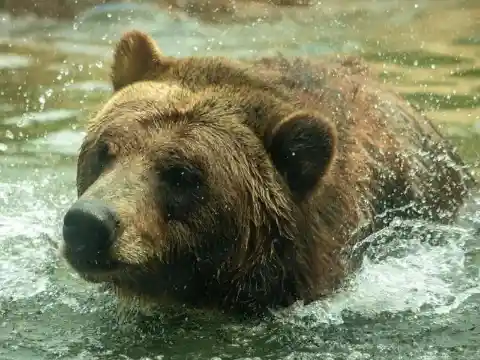
They’re also pretty fast, too. So, running away or climbing a tree won’t necessarily save your life.
Gray Wolf
The North American gray wolf is one of the largest wolves on the planet. It also has some interesting personality traits. For example, they’re monogamous, which means they mate for life.
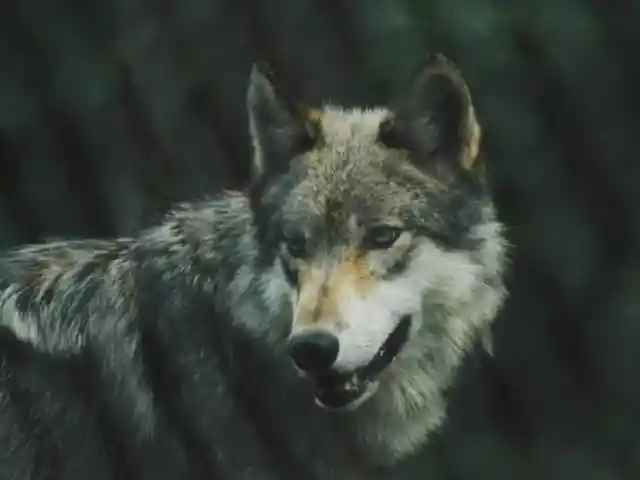
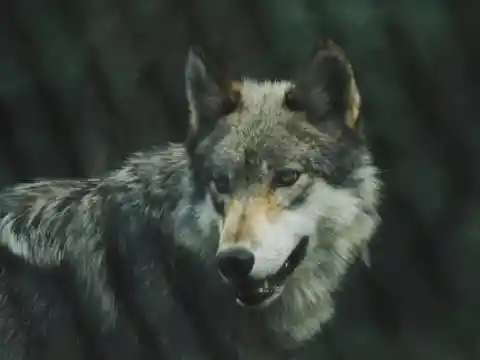
They also like to hunt in a fairly large pack that contains the parents and offspring, and use facial and body cues to communicate with each other.
Tiger
Tigers are the largest feline species on the planet, combining speed and strength to make them one of the most dangerous predators in the animal kingdom. And unlike lions that travel in packs, tigers are more reserved, but they tend to live close to humans, which often leads to unfortunate encounters.
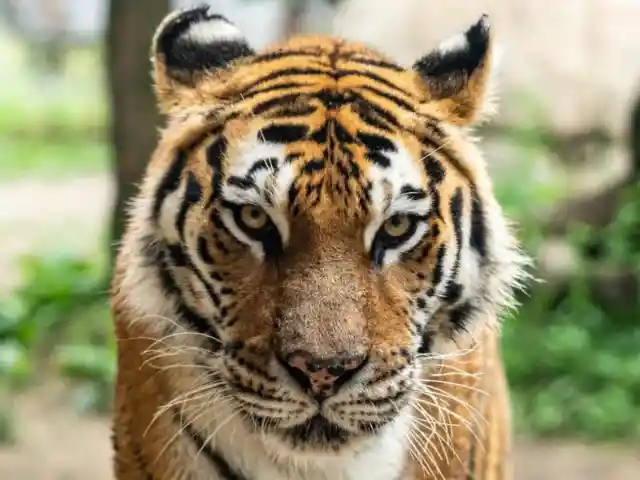
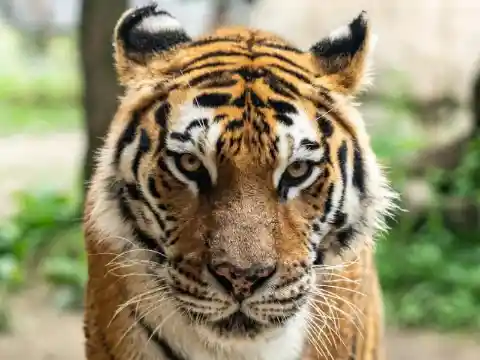
Tigers prefer to hunt at night and will attack other comparably sized predators for a meal.
Killer Whale
The killer whale, also known as Orca, is the only creature that the great white shark fears.
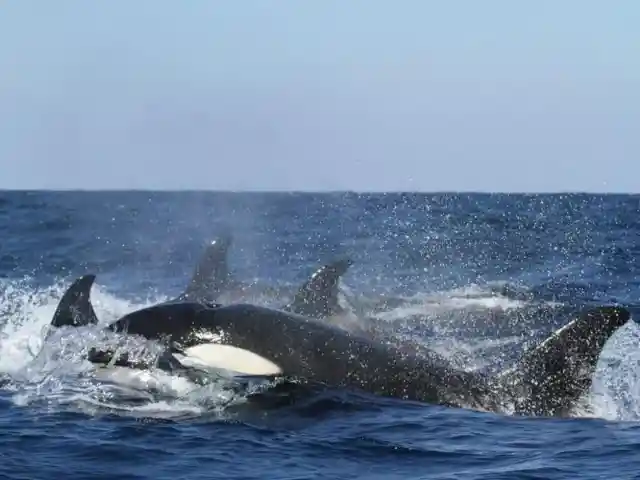
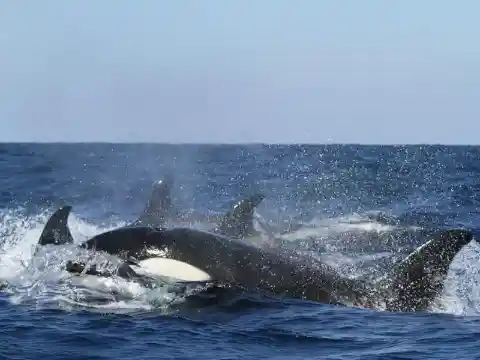
They’re massive and have no underwater enemies. But they have been known to snack on different types of fish and have the size, agility and jaws to take out their prey. But they rarely pose a threat to humans.
Cone Snail
The cone snail is found in the tropics’ warm waters, but you better think twice before grabbing one of these brown and white marbled shells. They have harpoon-like teeth that contain a venom known as conotoxin.
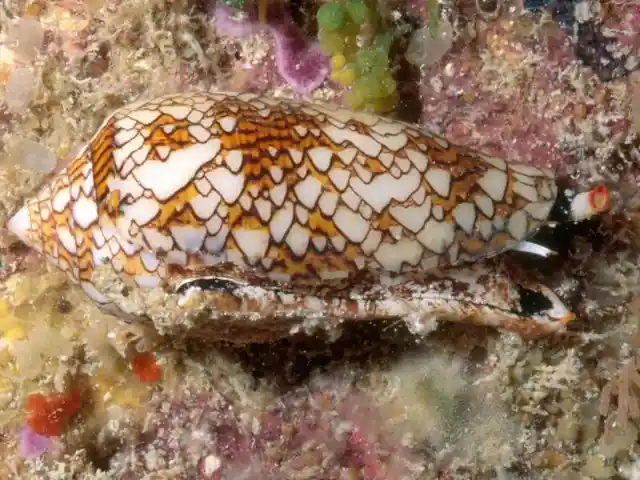
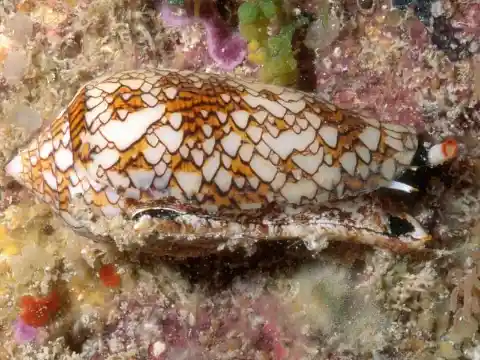
If they get you, the toxin will stop nerve cells from communicating, so you better rush to the hospital fast. But fair warning, there is no antivenom.